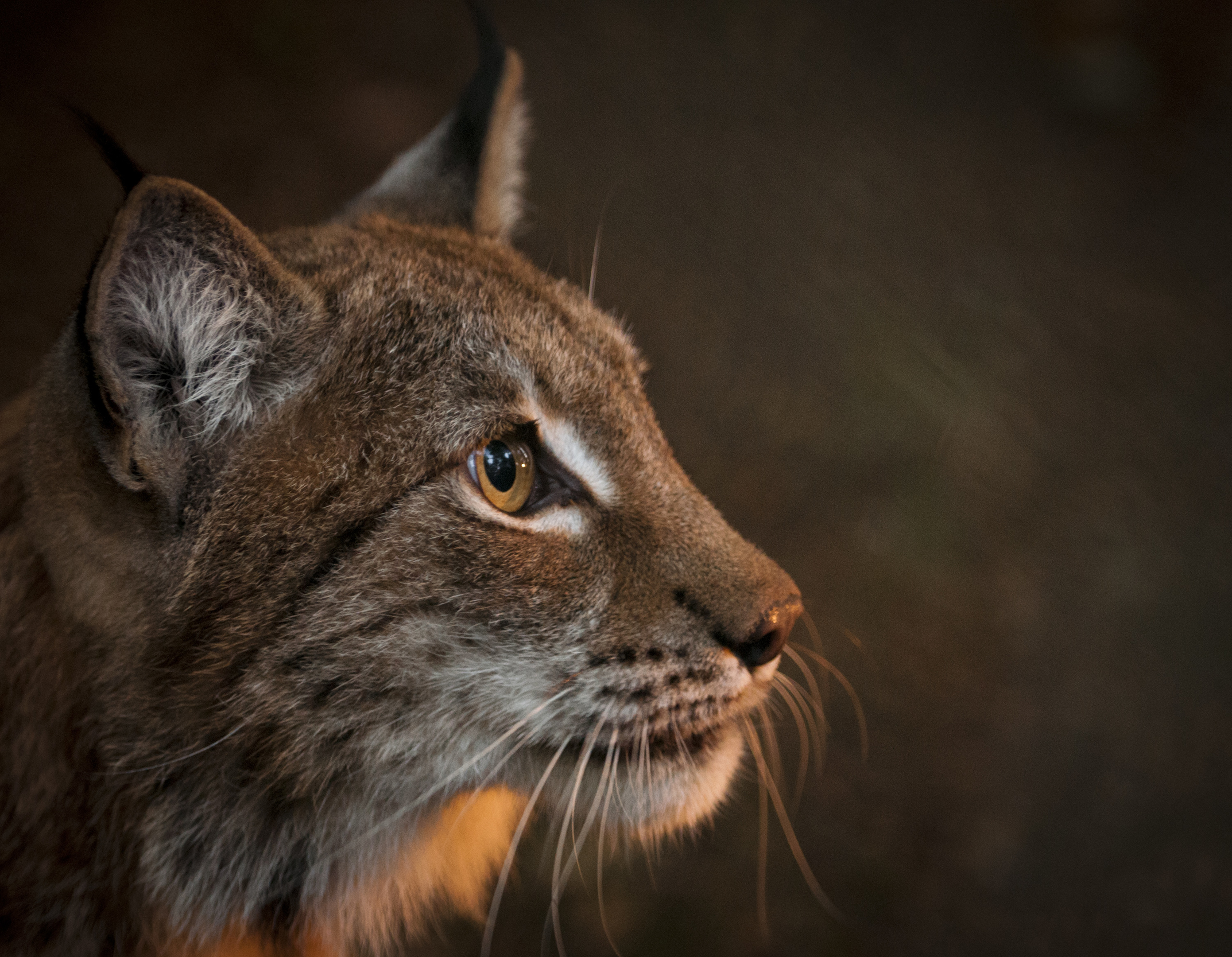The rewilding movement has sneaked up on Scottish agriculture almost as stealthily as some of the animals it wants to reintroduce.
The possibility of releasing species such as lynx and wolves has caught the public imagination and these animals now regularly feature in farming conversations, although very rarely with the same enthusiasm.
Calls for the reintroduction of wild animals, which proponents argue would add diversity to the countryside, are getting louder. And while rewilding supporters say the philosophy is about helping nature and can be farming’s greatest ally, land managers are sceptical and the Scottish Government seems paralysed by indecision over how to handle even the illegal releases that have already taken place.
Wolves, bear and lynx are the rewilding movement’s current large animals of preference, but any application for a licence has first to be assessed under the Scottish Conservation Code for Translocations which was put together by the National Species Reintroduction Forum, a group chaired by Scottish Natural Heritage.
However there was no public consultation or official approval for the beavers which were illegally released on the Tay in the arable areas of Perthshire. They have flourished and wreaked serious damage to land and drainage systems while farmers have been kept waiting with delay after delay by successive Scottish Environment Ministers who have struggled to make a decision on the animals’ future. In the meantime land managers have had to pick up the cost of removing dams and pipe blockages or repairing flood defences, and have been heavily criticised for using legal methods to cull the animals in extreme cases.
NFU Scotland (NFUS) has made clear its opposition to the permanent reintroduction of beavers and has said that it is “deeply sceptical that the animals can be excluded from the low-lying arable areas which require complex drainage systems and flood banks”.
The affected farmers are pragmatic enough to realise that the beavers are probably here to stay. They simply need to know if they will continue to have the legal right to remove dams or have the animals re-homed when they are damaging productive arable land. The latest statement from Government reiterates that “complex issues need to be resolved about the management and legal status of the beavers” and confirms a decision will be announced before the end of the year.
Meanwhile, 40 years on from the initial legal reintroduction of the white tailed sea eagle, there continues to be conflict with the interests of sheep producers on the west coast. Farmers are at last being taken seriously when they describe the loss of strong or healthy lambs and efforts are being made to resolve the issues and reduce predation.
Management agreements are in place in the most seriously affected areas and several stakeholder groups comprising farming, forestry, conservation and Government interests are now looking at solutions to the conflict. The Argyll and Lochaber group is chaired by David Colthart, a farmer from Appin who loses lambs to the sea eagles every year. His emphasises the need to work alongside organisations that can bring about change which he hopes will help reduce predation.
Mr Colthart says being able to share the problem has been a good start. Monitoring of sea eagle activity has been intoruduced and flock management has been recorded at farm and croft level. Experienced contractors give one-to-one advice to shepherds experiencing lamb predation and payments are offered to land managers who take preventative measures.
He added: “We are hopeful that through discussions we will maybe find a path through to sort out what is a really serious issue.”
The Lynx Trust fired the latest volleys in the reintroductions battle last month with a bold proposal to conduct a trial release of lynx in Kielder Forest. The suggestion was condemned outright by the Scottish farmers union which said that if the interests of farming and crofting were put at risk the union would take “all necessary steps” to stop it happening.
No licence application to release lynx has been received by the Scottish Government, which has acknowledged that the reintroduction of such a species would raise serious concerns and pledged that no such reintroduction would take place without full consultation with all those likely to be affected. However the Lynx Trust points to support for the proposal from local businesses.
NFU Scotland’s (NFUS) deputy director of policy, Andrew Bauer says change is inevitable and certain aspects of rewilding have been positive in the way they have drawm attention to the countryside and the need to think about nature. However he believes there’s a far from perfect understanding of Scottish agriculture in rewilding circles.
“Some people involved in rewilding are very alive to the challenges and nuances and they understand farming. Others prefer to make sweeping statements which don’t ring true in Scotland,” he said.
“They talk of intensification and damage, but there’s been no intensification here for 30 years and in fact what we’re seeing is more trees. The lines between farming and forestry are becoming more blurred.
“The big concern for us as the UK struggles to meet its obligations on designated sites and tries to find the money to do it is that when you add complex species like beaver you need to tear up the budget as it’s extraordinarily expensive. We need to look at what we’ve got at the moment and if we want other things, how we do that










